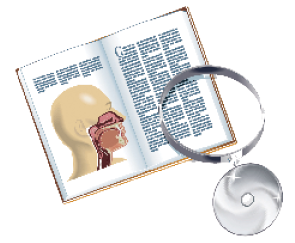 Background
Background
For congenital aural atresia, surgical hearing rehabilitation may be accomplished with atresiaplasty or Bone Anchored Hearing Aid (BAHA, Cochlear Americas, Centennial, Colo.). The Jahrsdoerfer CT grading system has been used to determine which patients are candidates for atresiaplasty. Patients with a Jahrsdoerfer score of 6 or higher are considered to be candidates for atresiaplasty. The higher the grading score, the better the chance for a favorable hearing outcome for atresiaplasty.
Explore This Issue
October 2013Hearing results for atresiaplasty range from excellent to fair. BAHA is an alternative to atresiaplasty. Hearing results for BAHA are generally excellent. However, cosmesis is not very good with the BAHA with a visible titanium abutment and snap-on hearing aid, and frequent wound care is required.
A decision for BAHA versus atresiaplasty needs to be individualized for each patient because both have advantages, disadvantages, and potential complications.
Best Practice
For patients with Jahrsdoerfer grade 5 or less, who are poor candidates for atresiaplasty, BAHA is a good option for auditory rehabilitation. It is safe, reliable, and has low surgical risk, but is cosmetically less appealing, requires regular wound care, and trauma to the site must be avoided. In favorable surgical candidates for atresiaplasty (Jahrsdoerfer grade 6 or higher), either atresiaplasty or BAHA may be considered. Successful atresiaplasty offers the best opportunity for life-long, continuous, amplification-independent improvement in hearing. Conventional hearing aids and BAHA may also be useful for rehabilitation of nonoptimal atresiaplasty hearing results. Nonsurgical options such as BAHA Softband, conventional hearing aids, and family preference must also be considered. Read the full article in The Laryngoscope.
Leave a Reply